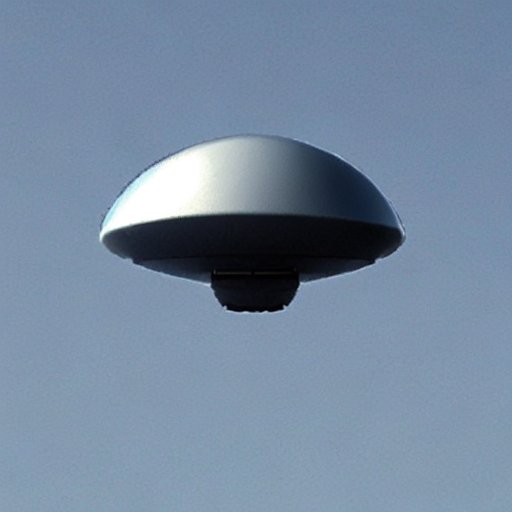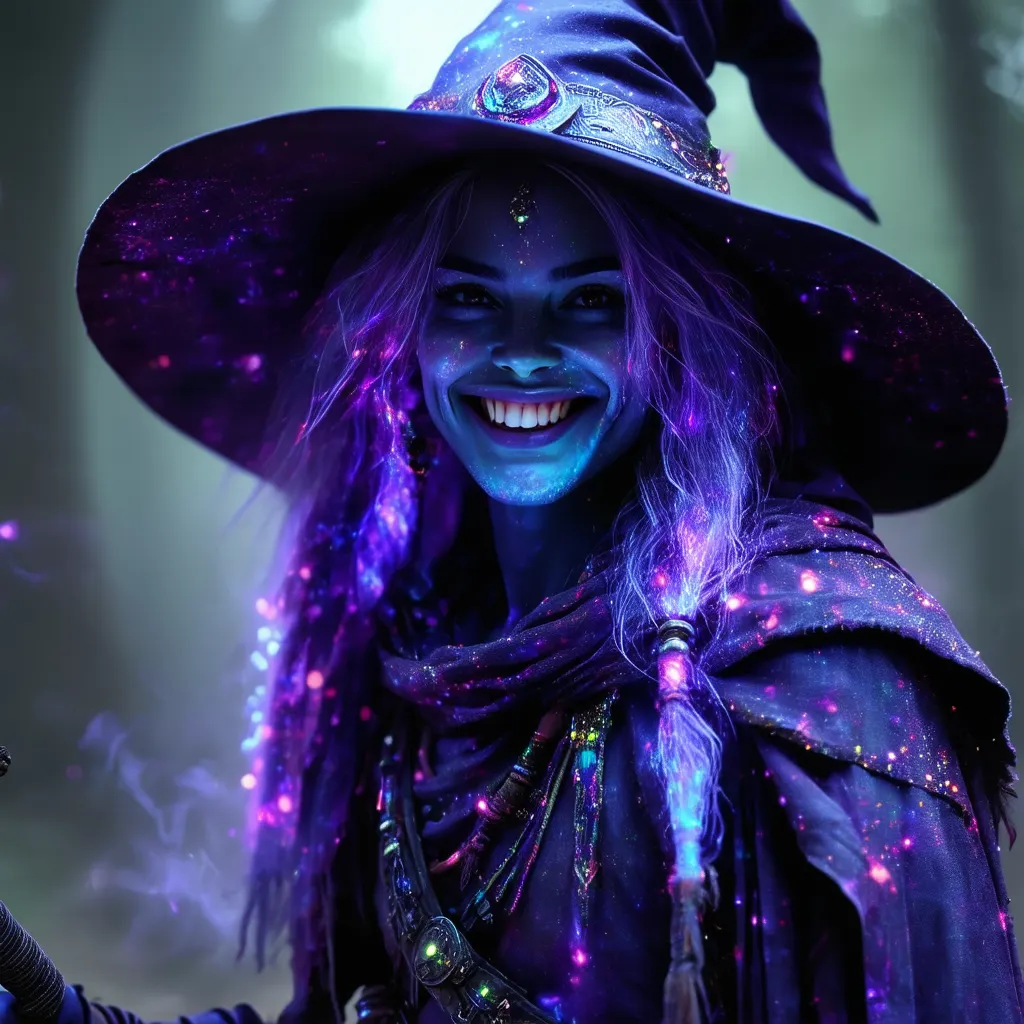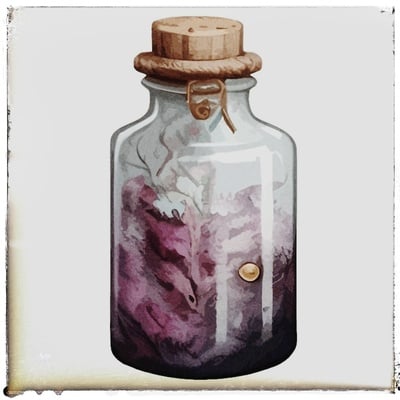Don’t get me wrong, I loved Animal Well, thought it was a stellar and unique metroidvania, but I don’t recall any things that couldn’t have been accomplished with Godot or Unity.
Great story. Cool philosophy about “focus on getting your unique game engine up first then see what you can build with it.”
I think that story contrasts well with some advice I saw from maybe Pirate Software. He said - younwant tonmake an engine if you want to do something specific that can’t be done with a stock engine. Animal well seems to fit the bill.
What is Animal Well doing that couldn’t be done with a stock engine? Genuine question; I’ve only seen videos and it looks like a rather standard kind of platforming game. What’s going on under the hood?
I don’t think it’s necessarily that something can’t be done, but each engine has its own idiosyncrasies and ways of doing things, and if you want to build something unique you’d still have to build all your own ways of doing something in another engine on top of the already existing ways of doing something. There is also a lot of flexibility in rolling your own engine, and it’s leaner too. Of course you can create an Animal Well in Unity, but out of the box it has very many systems that are unneeded, get in the way, possibly can’t be disabled and take up resources, bugs that you can’t fix and have to rely on the unity team for, etc. And if you do find bugs that you can’t work around and you use an older unity version (because migrating to newer versions could break things, and you started development 6 years ago) the bugs often won’t be fixed as your unity version isn’t supported anymore.
I know that’s a direct quote from the developer, but I disagree that is what actually happened.
The Animal Well journey began in two phases, Basso says: a quick stab at a Metroidvania-styled prototype in 2012, and a bespoke engine project that he took more seriously, which he began coding alone in 2014 during his day job’s off hours.
It was 2017, and some of the design ideas from his 2012 Metroidvania lark had continued pulling on him, so Basso “wrote off” his 3D engine as “a learning experience” and started anew with 2D search action as a priority.
It seems clear to me the prototype did more heavy lifting than he’s giving credit. He clearly had an established vision beginning with the prototype. He spent three years thinking 3D was the best way to achieve that goal, but that goal was clearly based on the prototype. At some point it was clear that 3D was drifting away from the core, so the switch to 2D and a renewed focus was the answer.
It’s also clear that they had a distinct art style in mind from the start.
For his new game, he wanted pixels to scale perfectly to a variety of common screen resolutions, along with visual effects that meshed well with his integer-scaled pixel art.
And that existing engines couldn’t meet that distinct art style.
That home-brew engine is what gives the game its unique look and can allow for unique game elements, but that initial prototype was clearly the guide.





